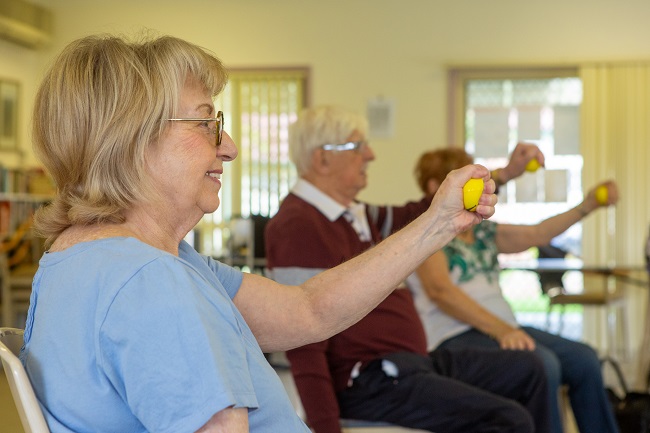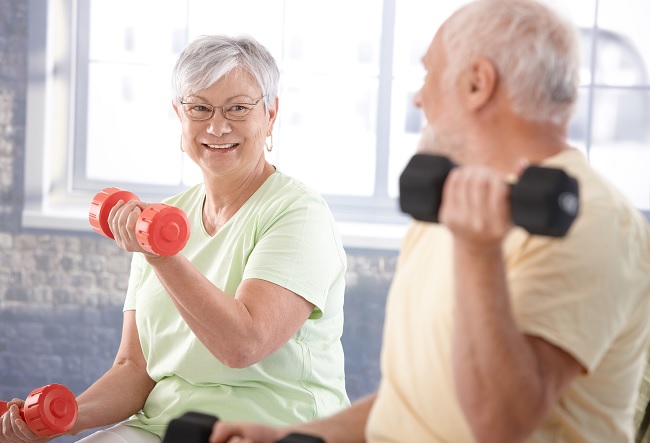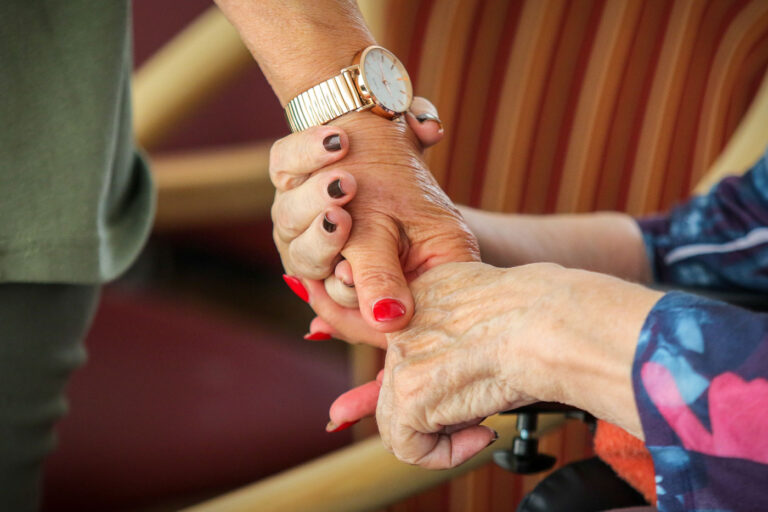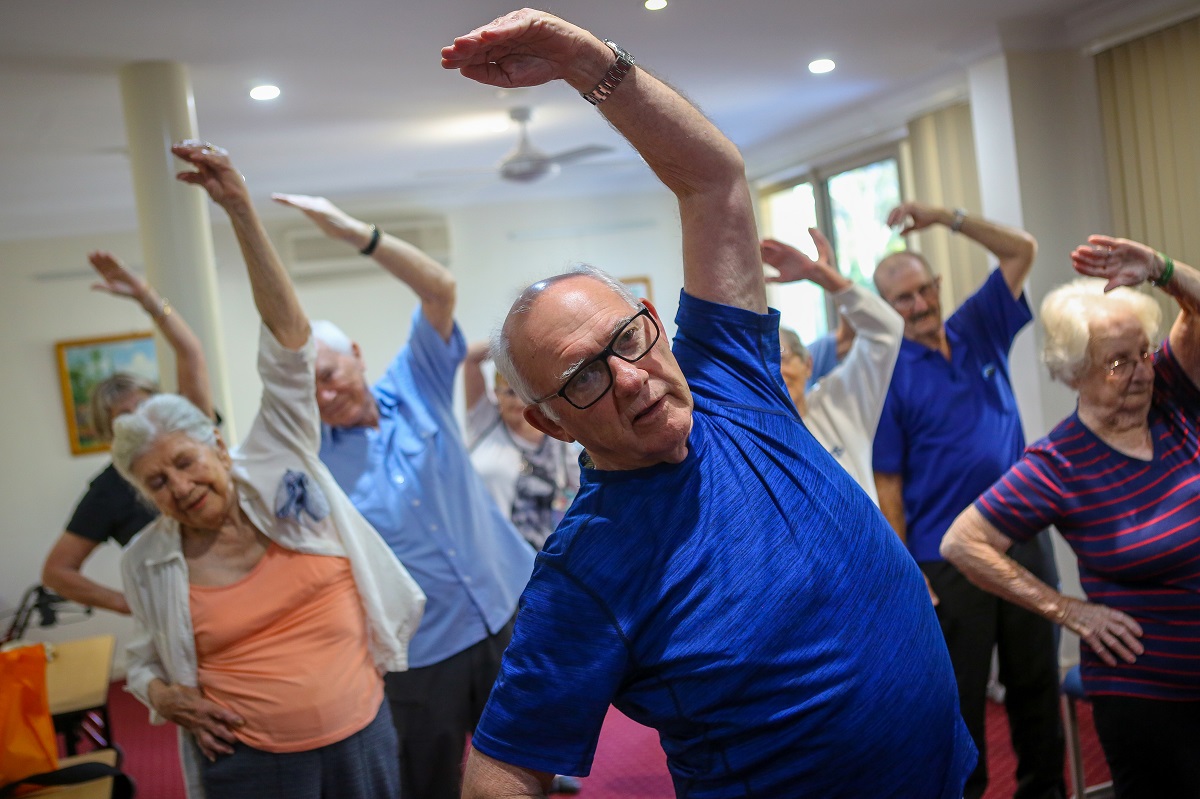Can you prevent or reverse osteoporosis?
Find out what you can do about osteoporosis, from lifestyle factors to diet and exercise.

What is osteoporosis?
Osteoporosis is a chronic disease that causes bones to become more fragile, which leads to a higher risk of fractures and breaks. People with osteoporosis are often referred to as having brittle bones, fragile bones, low bone mass, low bone density and often discover it after they experience a broken bone or bone fracture. Often referred to as a silent disease it can affect people of all ages but is most common in older people.
Who is at increased risk of osteoporosis?
This disease affects both men and women, and is most common in adults over the age of 50. The Australian Institute of Health and Welfare tells us that while this disease can affect anyone it is most common in older post-menopausal women, affecting over 1 in 4 women aged over 75.
How is osteoporosis diagnosed?
The gold standard test for diagnosing osteoporosis is a bone density test. This test provides information about bone mineral density, including information about low bone mass or bone loss, if present, and will help your health care team develop a plan to treat your osteoporosis.
Why are women most at risk?
Women are at an increased risk of developing osteoporosis because of the rapid decline in oestrogen levels during menopause which is one of the risk factors for osteoporosis. When oestrogen levels decrease, bones lose calcium and other minerals at a much faster rate and this impacts bone health, bone density, and can result in bone loss.
Common injuries like a hip fracture occur more frequently as a result of falls that often might be thought of as simple and not complex.
While men also lose bone mass as they age, testosterone levels decline at a more gradual rate, so their bone mass and bone health often remains adequate until later in life.

Can osteoporosis be reversed?
At present it is not possible for osteoporosis to be reversed, but the symptoms can be managed with a comprehensive treatment plan that may include drug therapy and lifestyle changes to prevent further bone loss. Like your muscles, bone is living tissue that can become stronger in response to exercise.
Your treatment plan will aim to slow bone loss and incorporate weight bearing exercises to strengthen muscle to prevent falls causing bone breaks. Falls are a common source of injury in older people, and the chances of being seriously injured are higher if you have osteoporosis.
Once a significant amount of bone density has been lost it is not possible to reverse osteoporosis but some medications can help the body absorb calcium and slow further bone loss.
There are also some things you can do to address key risk factors to prevent it or to slow down and stop further bone loss occurring including loss of bone tissue, bone density.
Can a healthy diet help reverse osteoporosis?
What you eat can affect your bones, so it’s important to learn what’s best for your bone health and what’s not, and do what you can now to enhance your bone density. A diverse and nutrient-rich healthy diet will help keep your bones strong. In children, bone growth can be enhanced with a healthy calcium-rich diet that helps promote the growth of new bone tissue and help to increase bone density.
Some of the key vitamins and minerals to include in your diet to protect your bone health to potentially slow bone loss are:
Calcium – This mineral is crucial for building and maintaining bone density and bone tissue which in turn enhances bone health and helps reduce the risk of developing osteoporosis. Almost 99% of the body’s calcium is found in the bones.
Eating calcium rich foods is the best way to get the recommended level of calcium for your age. For women over 50 and men over 70, the recommended level is 1,300 mg per day. Dairy products and dark leafy greens like broccoli and celery are good options for increasing your calcium intake.
How does Vitamin D help?
Vitamin D also has an essential role in achieving healthy bones as it improves the absorption of calcium from the intestine which can also contribute to healthy bone density or bone mass and help prevent osteoporosis. The main source of vitamin D is sunshine, but it can be harder to reach adequate levels during the winter. Taking a walk outside or sitting on a bench in the
sun for 20-30 minutes most days is typically enough to get the right vitamin D levels in Australia. Remember though that too much sunlight exposure can increase a person’s risk of skin cancer.
Some foods and drinks can affect the way your body absorbs calcium detracting from optimal bone health. According to Arthritis NSW, these include:
- Caffeine
- Salt
- Wheat bran
- Spinach
- Alcohol
- Red meat
- Soda
If you eat a well-balanced diet that includes dairy, fish, fruits, and vegetables, you should get enough of the nutrients you need for good bone health every day. If you’re not getting the recommended amounts from food alone, you may need to complement your diet by taking multivitamins or supplements such as a calcium carbonate supplement. You should always talk with a qualified health professional before starting any supplements to ensure they are right for you.

Can weight bearing exercise reverse osteoporosis?
Healthy Bones Australia tells us that regular physical activity incorporating weight bearing exercise can contribute to bone health and help with osteoporosis symptoms.
Weight-bearing exercises that improve strength and apply the right amount and type of stress put on your bones helps to strengthen them. These kinds of weight bearing exercises help maintain bone mass and have the added benefit of increasing muscle strength, and improving your balance. Stronger muscles and better balance will help you avoid falling over in the future and potentially causing damage to your bones.
What sort of weight bearing exercises will help?
Your doctor or a physiotherapist can help you create a regular exercise plan that is safe
and appropriate for your needs. They might include activities like:
Strength training involves using weights, resistance bands, or body weight to build strength in your muscles and bones at the same time. If you’ve never lifted weights before, try starting off with light dumbbells and add more weight as you progress.
Weight-bearing aerobic exercises are not only great for your overall health, but they can also
help to slow mineral loss in your bones. Examples of weight bearing exercise include walking, dancing, gardening and climbing stairs.
Keeping your body flexible will make it easier for you to keep moving as you age.
Including some stretching into your exercise plan will get your joints moving through their full range of motion. It’s best to do your stretches once your muscles are warmed up, either after a warm-up or at the end of your session to prevent injury. Regular exercise routines that improve your balance and stability are crucial for people with osteoporosis. Simple exercises like standing on one leg or walking backwards keep you more stable and less likely to have a fall. Movement-based exercises like yoga or tai chi are also good options for improving balance.
Risk factors and unhealthy habits
Some unhealthy habits can increase your risk of osteoporosis or even worsen the disease:
- Drinking large quantities of alcohol is a risk factor as it decreases bone density, interferes with the balance of calcium in the body, and can cause hormone deficiencies that also affect bone density and structure. Alcohol consumption also creates a higher risk of falling which could easily lead to broken bones and serious injury
- Smoking is a risk factor as it reduces the blood supply to your bones, leading to lower bone mass. Cancer Council Victoria tells us that quitting smoking may slow the loss of bone mass.
- Eating unhealthy foods can limit your intake of healthy foods and affect how your body absorbs the vitamins and minerals like calcium which are essential for bone health.
Around half the number of people who have experienced a fracture due to osteoporosis will have another, according to Arthritis NSW. Making good lifestyle choices early on in your life will help reduce your risk of osteoporosis and the pain and incapacity of future bone breaks.
If you’re concerned that you’re at risk of developing osteoporosis or believe you might already be experiencing the silent disease, you should arrange to see a qualified health professional. Getting the right treatment plan early may help you identify risk factors and help prevent osteoporosis progressing. This will give you the best chance of avoiding bone breaks, and living an active healthy lifestyle.

Do you or your loved one need a helping hand?
If you need some assistance, there are in-home services, plus other options and resources to consider depending on the level of care needed. IRT offers in-home care, offering support with everyday tasks such as cooking, cleaning, gardening, or even with maintaining hobbies such as fishing. We also offer aged care centres for when you can no longer live at home independently, even with additional support and care.
Find out moreYou may also like
Palliative care vs end of life care: what's the difference?
What is palliative care? People think palliative care is the end of someone’s life, but there’s so much more to it.
Exercising and osteoarthritis: everything you need to know
Regular exercise is an important way to help manage osteoarthritis and to keep yourself fit.


